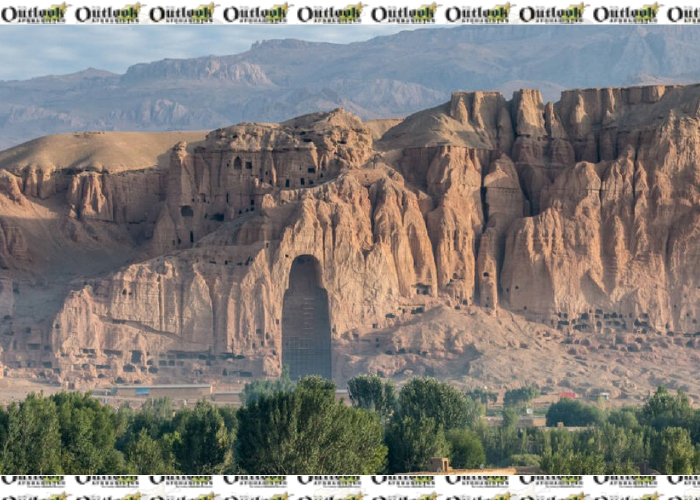BAMIYAN - The empty niches of the two giant Buddhas in the Bamiyan Valley of Afghanistan are a constant reminder of what the country lost in March, 20 years ago – a tragic event that was broadcast across the globe.
The act, by the Taliban, led to a global recognition of the need to protect cultural heritage at risk and today, these niches are inscribed on the World Heritage List as part of the “Cultural Landscape and Archaeological Remains of the Bamiyan Valley” World Heritage property.
Ernesto Ottone, UNESCO’s Assistant Director-General for Culture, said on Thursday that although the destruction of heritage and the plundering of artefacts has taken place throughout the ages, the destruction of the Bamiyan Buddhas represented an important turning point for the international community.
A deliberate act by the then ruling Taliban of destruction, motivated by an extremist ideology that aimed to destroy culture, identity and history, the loss of the Buddhas revealed how the destruction of heritage could be used as a weapon against local populations, he said.
In a statement issued Thursday by UNESCO, Ottone said the destruction of the Buddhas highlighted the close links between heritage safeguarding and the well-being of people and communities.
“It reminded us that defending cultural diversity is not a luxury, but rather fundamental to building more peaceful societies,” the statement read.
Since the destruction of the Buddhas of Bamiyan, the Afghan authorities and the international community, including UNESCO, have worked tirelessly to safeguard the rich cultural and natural heritage of Afghanistan, which goes back thousands of years.
Over the past few years, more than $27 million has been invested in the conservation and stabilization of the Bamiyan World Heritage property, the empowerment of local communities, the revitalization of intangible cultural heritage, and the construction of a Cultural Centre for Bamiyan dedicated to creativity, among other activities, said Ottone.
International partners have helped stabilize the niches that were in danger of collapsing. Now, after more than 15 years, the consolidation of the eastern Buddha niche has been completed, while urgent work is progressing to safeguard the western niche, thanks to funding from Japan, he stated.
“As we mark 20 years since the destruction in Bamiyan, we at UNESCO reiterate our support to the Afghan people and reinforce our commitment to stand together with people everywhere to safeguard cultural heritage as an embodiment of our common humanity,” said Ottone. (ATN)
Home » Afghanistan » Commemorating 20 Years Since the Destruction of The Bamiyan Buddhas
Commemorating 20 Years Since the Destruction of The Bamiyan Buddhas

